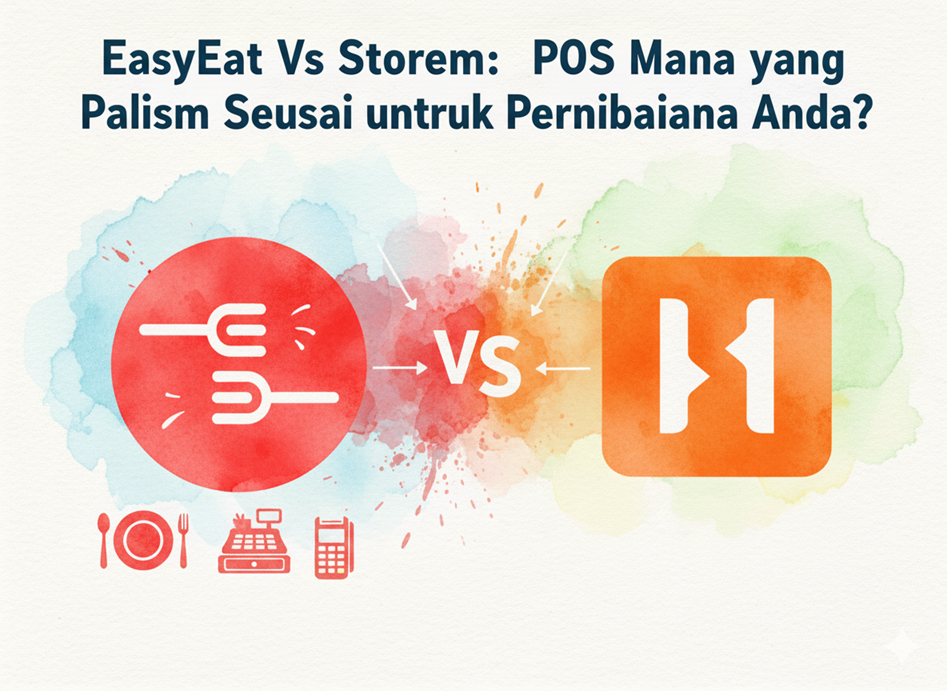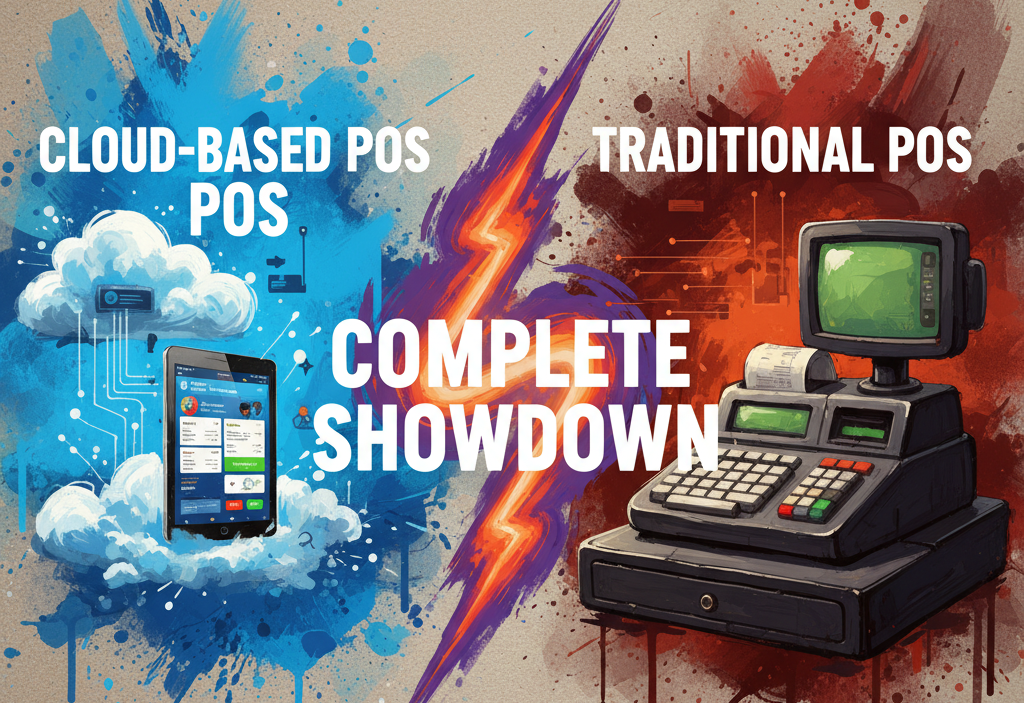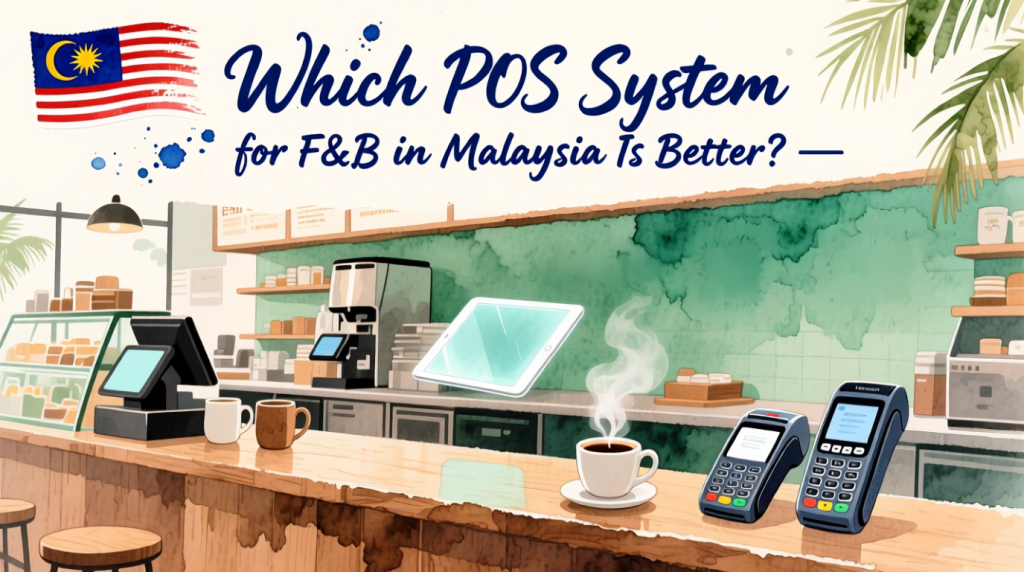Starting a food truck can be a great way for restaurant owners like you to expand your business or explore new ventures. The food truck concept has gained popularity across the world, and in Indonesia, it’s becoming a booming trend, offering flexibility, lower start-up costs, and the chance to take your food directly to your customers.
Designing your food truck is one of the most important steps in launching this business. The way you design your truck can impact not just how it looks, but also how it operates and how customers perceive your brand. In this blog, we will walk through the essential points you need to think about when designing your food truck. Let’s get started!
1. Understanding the Food Truck Concept
Before jumping into the design, it’s essential to fully understand the food truck concept. Unlike a regular restaurant, food trucks are mobile, meaning your design must focus on making your operations efficient within a small, confined space. You also need to factor in how the design will help you attract attention while parked in busy locations. The key is to balance aesthetics and functionality.
The food truck industry is growing fast. According to a report by Research and Markets, the global food truck market is expected to reach USD 5.78 billion by 2026, driven by the rising demand for quick and mobile food options is part of this trend, as food trucks become more common in urban areas.
2. What is the Best Size for a Food Truck?
Choosing the right size for your food truck is one of the most critical decisions in the design process. The size of your truck will influence how much equipment you can fit inside, how many staff can work at the same time, and even the variety of food you can offer.
For most food trucks, the typical size ranges between 14 to 18 feet long. For restaurant owners like you, it’s important to think about how much cooking space you need without overcrowding. If your menu requires heavy cooking equipment like grills or fryers, a larger truck is better. On the other hand, if you’re serving pre-made items or simple snacks, you can opt for a smaller, more compact truck.
Make sure you also consider parking restrictions in your area. Bigger trucks may face challenges finding legal parking spots in cities like Jakarta or Bandung.
3. How Do You Make a Good Food Truck Layout?
The layout of your food truck is crucial for smooth daily operations. Imagine working in a cramped space during the busiest hours of the day — it could lead to frustration and slow service if you don’t have a well-thought-out layout.
The layout should prioritize efficiency and safety. Start by dividing the truck into specific zones:
- Cooking area: Install your cooking equipment like grills, ovens, or fryers here. Ensure this zone is well-ventilated.
- Prep area: Have enough counter space for food preparation. Try to keep it close to the cooking area.
- Serving area: This is where customers interact with you. Make sure it’s clean and inviting.
- Storage: Don’t forget about space for storing ingredients, utensils, and packaging.
Many food trucks follow a linear layout or L-shaped layout, depending on the size. A linear layout is straightforward and gives you a long workspace, while an L-shaped layout provides more corners for storage or extra prep space.
4. Branding and Exterior Design of Your Food Truck
The exterior of your food truck is your biggest marketing tool. It’s what draws people in from a distance. Make your truck stand out by investing in good branding and eye-catching visuals. Use bright colors, bold fonts, and clear messaging that reflects your restaurant’s personality.
For instance, if you’re selling gourmet hot dogs, make sure your truck reflects that with images or icons related to hot dogs. Your logo should be large and easy to recognize, and your menu should be visible from the outside.
If possible, get professional designers to create your truck’s look. The initial investment may seem high, but it’s worth it because customers are more likely to stop at a food truck that looks clean, professional, and inviting.
5. Choosing the Right Equipment for Your Food Truck
The type of equipment you need depends on what food is best for your food truck. For example, if you’re selling burgers, you’ll need a flat grill. If you’re selling coffee, you’ll need an espresso machine. Make a list of the essential equipment first, and then think about the non-essentials that could make your life easier.
Here are some basic items that most food trucks need:
- Cooking equipment (grills, fryers, ovens)
- Refrigeration units
- POS System
- Sinks (for washing hands and utensils)
- Storage cabinets
- Serving counters
- Fire extinguishers (safety first!)
According to a 2022 report, 75% of food truck owners say choosing the right equipment was one of their biggest challenges when starting. So, try to research and find equipment that fits your space and your cooking needs.
6. What Food is Best for a Food Truck?
When designing your food truck, you also need to think about your menu and what food will work best for the food truck concept. Your food should be easy to make in a small space and quick to serve to customers. Some popular food truck items include burgers, tacos, sandwiches, coffee, and desserts. These items are not only quick to prepare but also crowd-pleasers.
Keep your menu short and simple to avoid overcrowding your kitchen. By focusing on a few items, you’ll be able to work more efficiently, offer consistent quality, and serve customers faster.
7. How to Make Your Food Truck Customer-Friendly
The design of your truck should make it easy for customers to place their orders. Think about how you will manage the flow of people when there’s a queue. Having a clear serving window and a separate payment area can keep things organized and speed up the process.
In Indonesia, where the climate can get very hot or rainy, consider adding some form of shade or canopy to protect your customers while they wait. This small touch can make a big difference in customer comfort.
Also, think about how you can use QR code menus to make ordering faster and more efficient. This helps reduce physical contact, which is great in the post-pandemic world.
8. Plan for Future Expansion
When designing your food truck, think long-term. If your food truck concept is successful, you might want to add more trucks or expand your menu. Design your truck in a way that allows flexibility for future upgrades, whether it’s additional equipment or a change in layout.
According to a report by IBISWorld, the food truck industry in Southeast Asia is expected to grow by 6% annually, meaning you have opportunities to scale up your business if your food truck does well.
Designing a food truck is not just about making it look good, but also ensuring it operates efficiently and delivers a great customer experience. From selecting the right size to creating an efficient layout and branding your truck, every decision matters. If you plan your design thoughtfully, you can ensure your food truck stands out in the crowded market, attracts customers, and helps you serve delicious food with ease.
Whether you’re just starting or you’re a restaurant owner looking to expand, investing in a well-designed food truck will give you a competitive edge in Indonesia’s growing food truck industry.




